How Vendor Replacement Works: Choosing the Right Function

Did you know regional businesses can spend $50K to $150K every month on outside vendors? These costs often hide in plain sight, eating into profits and slowing growth. Many companies wonder if there’s a smarter way to manage vendor relationships without sacrificing quality. This approach reveals how systematic vendor evaluation uncovers hidden savings while helping teams take back control of their most important business functions.
Table of Contents
- Defining Vendor Replacement for Regional Businesses
- Identifying Vendor Categories Draining Your Margin
- How to Assess Internal Capabilities and Readiness
- Criteria for Prioritizing Your First Replacement
- Calculating Savings: Real Numbers by Function
- Avoiding Common Mistakes in Vendor Replacement
Key Takeaways
| Point | Details |
|---|---|
| Vendor Replacement Strategy | Systematically assess and replace external suppliers to enhance operational efficiency and financial performance. |
| Hidden Costs Awareness | Identify vendor categories that drain profits to prioritize high-impact replacements, improving margins significantly. |
| Internal Capability Assessment | Evaluate team skills and readiness to shift work in-house, ensuring a smooth transition and sustainability. |
| Avoid Common Pitfalls | Plan replacements meticulously, avoiding hasty transitions and ensuring thorough assessments of cultural and technical readiness. |
Defining Vendor Replacement for Regional Businesses
Vendor replacement represents a strategic approach for regional businesses to optimize their operational efficiency and financial performance by systematically evaluating and replacing external suppliers. According to research from the University of Maryland Extension, this process involves reassessing supplier relationships to ensure alignment with market demands, cost structures, and quality standards.
For regional businesses typically spending $50K-$150K monthly on external vendors, vendor replacement goes beyond simple cost-cutting. It’s about transforming how companies approach external partnerships. As our guide on overpaying for work highlights, the goal is to identify functions currently outsourced that could be more effectively managed internally.
Key characteristics of effective vendor replacement include:
- Comprehensive analysis of current vendor spend across ALL business functions
- Identifying work that can be brought in-house with AI and internal team capabilities
- Calculating potential annual savings ($200K-$500K for typical regional businesses)
- Creating a strategic roadmap for gradual, low-risk vendor transition
Ultimately, vendor replacement for regional businesses isn’t about eliminating external support entirely. It’s about being strategic, reducing dependency, and empowering internal teams to own more of their critical business functions while maintaining operational excellence.
Identifying Vendor Categories Draining Your Margin
Regional businesses often bleed profits through hidden vendor relationships across multiple business functions. According to research from the Massachusetts government, high variable costs in categories like ingredients, packaging, labor, and distribution can significantly erode profit margins before leadership even realizes the impact.
In competitive industries like professional services, specialty retail, and manufacturing, vendor categories consuming substantial monthly budgets typically include marketing agencies, technology implementation partners, growth consultants, design firms, and fractional executive services. These external partners can drain $50K-$150K monthly without delivering proportional value.
Key vendor categories most likely to impact your financial margins include:
- Marketing agencies (digital, creative, social media)
- Technology implementation partners
- Growth and strategy consultants
- Fractional executive services (CMO, CTO, COO)
- Design and development firms
- Operations and process improvement consultants
- Offshore/outsourced team partnerships
As research from Main Street Launch indicates, industries with intense competition experience lower profit margins, making strategic vendor replacement crucial. By systematically analyzing and replacing these high-cost external relationships, regional businesses can potentially save $200K-$500K annually while building internal capabilities that create sustainable competitive advantage.

How to Assess Internal Capabilities and Readiness
Assessing internal capabilities is a critical first step in determining whether your regional business can effectively replace external vendors. According to research from the Electronics and Information Distributors Association, procurement process evaluation involves a comprehensive analysis of current staff expertise, existing supplier relationships, and organizational readiness for potential transitions.
The assessment process requires a methodical approach that goes beyond surface-level examination. As our guide on overpaying for work suggests, businesses must critically evaluate their current operational capacities, identifying specific functions where internal teams could potentially replace expensive external vendors.
Key steps in assessing internal capabilities include:
- Mapping current vendor dependencies across ALL business functions
- Conducting a skills inventory of existing team members
- Identifying potential AI and technology augmentation opportunities
- Calculating current vendor spend per function ($50K-$150K monthly)
- Evaluating team learning agility and technological adaptability
- Analyzing gaps between current capabilities and desired performance
Research from the University of Maryland Extension emphasizes that evaluating internal readiness isn’t just about technical skills.
It requires a holistic view of your organization’s cost structures, market positioning, and cultural adaptability. Successful vendor replacement isn’t about wholesale elimination of external support, but strategically building internal capabilities that can potentially save $200K-$500K annually while maintaining operational excellence.
Criteria for Prioritizing Your First Replacement
Prioritizing your first vendor replacement requires a strategic approach that goes beyond simple cost-cutting. According to research from the Massachusetts government, businesses should focus on high variable cost categories that directly impact profit margins, creating an immediate financial opportunity for transformation.
For regional businesses typically spending $50K-$150K monthly on external vendors, the initial replacement should target the most financially impactful and operationally feasible function. As our guide on overpaying for work highlights, not all vendor relationships are created equal.
Key criteria for selecting your first vendor replacement include:
- Total monthly vendor spend ($10K-$50K per function)
- Complexity of current vendor deliverables
- Internal team’s existing skill proximity
- Potential AI and technology augmentation opportunities
- Immediate cost reduction potential
- Strategic importance to core business operations
- Ease of knowledge transfer and implementation
Research from Main Street Launch emphasizes that industries with intense competition must prioritize vendor replacements that provide the most significant efficiency gains. By strategically selecting the first function to in-house, regional businesses can potentially save $75K-$150K annually while building internal capabilities that create sustainable competitive advantage and reduce long-term dependency on external vendors.
Calculating Savings: Real Numbers by Function
Calculating vendor replacement savings requires a precise, function-by-function analysis that goes beyond generic cost reduction strategies. According to research from the Massachusetts government, cost of goods sold (COGS) and gross profit margin assessments provide the most accurate framework for understanding potential financial impacts.
For regional businesses typically spending $50K-$150K monthly on external vendors, savings calculations vary dramatically by function. As our guide on overpaying for work demonstrates, each vendor category presents unique savings opportunities.
Typical savings potential by vendor function include:
Here’s a summary of typical vendor replacement savings by function:
| Vendor Function | Typical Savings (Annual) | Monthly Spend Range |
|---|---|---|
| Marketing agencies | $75K-$125K | $10K-$50K |
| Tech implementation partners | $100K-$200K | $10K-$50K |
| Growth consultants | $50K-$100K | $10K-$50K |
| Fractional exec services | $150K-$250K | $10K-$50K |
| Design & dev firms | $80K-$150K | $10K-$50K |
| Operations consultants | $60K-$125K | $10K-$50K |
| Offshore/outsourced teams | $90K-$175K | $10K-$50K |
- Marketing agencies: $75K-$125K annually
- Technology implementation partners: $100K-$200K annually
- Growth consultants: $50K-$100K annually
- Fractional executive services: $150K-$250K annually
- Design and development firms: $80K-$150K annually
- Operations consultants: $60K-$125K annually
- Offshore/outsourced teams: $90K-$175K annually
Research from the University of Maryland Extension emphasizes that strategic cost structure adjustments can transform vendor relationships from expense centers to value generators. By methodically calculating savings across multiple functions, regional businesses can potentially achieve total annual savings of $200K-$500K while building sustainable internal capabilities that provide long-term competitive advantages.
Avoiding Common Mistakes in Vendor Replacement
Vendor replacement is a nuanced process that can quickly unravel without careful planning. According to research from the Electronics and Information Distributors Association, category management neglect represents the most significant risk for regional businesses attempting to transform their external partnerships.
For businesses spending $50K-$150K monthly on vendors, the temptation is to rush the replacement process. As our guide on overpaying for work warns, hasty transitions can create more problems than they solve.
Common mistakes to avoid during vendor replacement include:
- Replacing all vendors simultaneously
- Failing to conduct a comprehensive skills assessment
- Overlooking cultural adaptation and team readiness
- Underestimating knowledge transfer complexity
- Neglecting to establish clear performance metrics
- Assuming AI can immediately replace human expertise
- Ignoring incremental implementation strategies
Research from the University of Maryland Extension emphasizes that strategic vendor replacement is a measured journey, not an overnight transformation. By methodically addressing these potential pitfalls, regional businesses can minimize risks and potentially save $200K-$500K annually while building sustainable internal capabilities that provide long-term competitive advantages.
Cut Your Outsourcing Costs 40% by Bringing Work In-House
Struggling with managing multiple expensive vendors across marketing agencies, technology partners, and fractional executives can drain $50K to $150K from your monthly budget without delivering the value you expect. You did not build your regional business to spend time juggling vendors or mastering technology you resent. The article highlights the critical importance of choosing the right function to replace first and offers a clear path to owning what your team could manage internally.
At Average Robot, we specialize in helping Midwest and Southeast regional businesses like yours cut total outsourcing spend by $200K to $500K annually. We systematically replace your most costly vendor relationships with AI-enabled internal teams empowered to take back control while reducing your dependency on outside partners. Whether you want to replace marketing agencies, growth consultants, or technology implementation partners, our proven four-step approach starts with a free Vendor Dependency Assessment that maps every dollar spent and reveals quick wins.
Ready to stop paying for what your team could own and free yourself from the burden of vendor management? Take the first step today with our no-obligation assessment and start building the vendor replacement strategy tailored to your business. Learn more at Average Robot and discover how you can spend less on vendors and more on what you love.
Frequently Asked Questions
What is vendor replacement?
Vendor replacement is a strategic approach for businesses to optimize operational efficiency by evaluating and replacing external suppliers, ensuring alignment with market demands, cost structures, and quality standards.
How can I assess my internal capabilities for vendor replacement?
To assess internal capabilities, businesses should map current vendor dependencies, conduct a skills inventory of team members, evaluate technology augmentation opportunities, and analyze gaps between current capabilities and desired performance.
What criteria should I use to prioritize my first vendor replacement?
Key criteria include total monthly vendor spend, complexity of vendor deliverables, the proximity of the internal team’s skills, cost reduction potential, and the strategic importance of the function to core business operations.
How much can I potentially save with vendor replacements?
Savings potential varies by function, but businesses can expect to save anywhere from $200K to $500K annually by strategically replacing external vendors while building internal capabilities.




